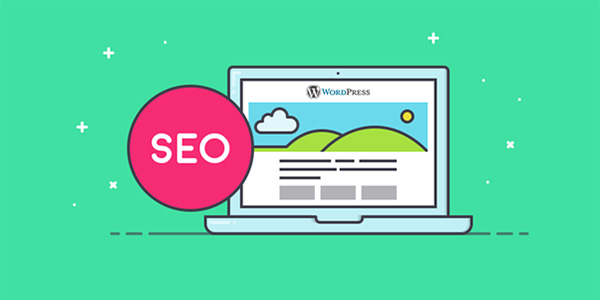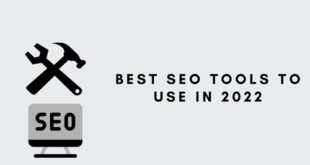Bounce rate is a very important statistics when you’re optimizing your business site for sales or leads. The bounce rate, is the percentage of visitors who only visit a single page on your website and then leave. This measures your visitor’s engagement with the site and whether they want to continue looking at content on your website. Reducing your bounce rate means visitors are spending more time browsing your content. Many factors affect your bounce rate, so fixing the problem requires a multi-faceted approach. 
Check Your Site Speed
One of the biggest reasons that a website visitor leaves the site is because it’s not loading fast enough. If your site host cannot load pages fast enough, you may need to look into choosing cloud storage options. A cloud storage service hosts your content for you on a high-availability server. If your Web hosting account can’t support the demand for your content, using an off-site source can help load times. Another aspect of your website that may slow down loading times are poorly optimized scripts and third-party content that depends on servers you don’t control.
Examine Your Content Relevancy
Look through the keywords bringing your visitors to a particular page, as well as the keywords you target with your advertisements. Are you matching the information that they assume is on the page? Is it easy for your visitors to find the information they’re looking for, or do they have to scroll and dig for it? Make your content easy to read and relevant. If your advertisements seem as though they aren’t matching the content, make some adjustments to accurately reflect what your visitors find when they reach the page.
Look at Your Content Structure
The Daily Egg suggests you take a look at the way your content is structured. Web readers like bite-sized chunks of content that are easy to scan, read, and digest. If you present them with well-structured content that is broken up by bulleted lists, images, and other visual elements, it keeps their attention longer. Also explore the factual information in your content. If it’s been some time since you’ve created it, update it with the latest facts, figures, and relevant technology.
Tweak Your Outgoing Links
If you feature many links to your advertisers, helpful resources, and other sites, you might be funneling your visitors off of your site as soon as they get on. Instead of using default linking behavior for outgoing links, Search Engine Watch recommends coding the links to open in a new tab. You set the target=new attribute in the code or through a plugin so your site remains open while your visitor explores your outgoing links. When they’re done, your site is still waiting for them, and they can continue their exploration around your content.
 CoalesceIdeas Web and graphic design ideas for inspiration
CoalesceIdeas Web and graphic design ideas for inspiration



